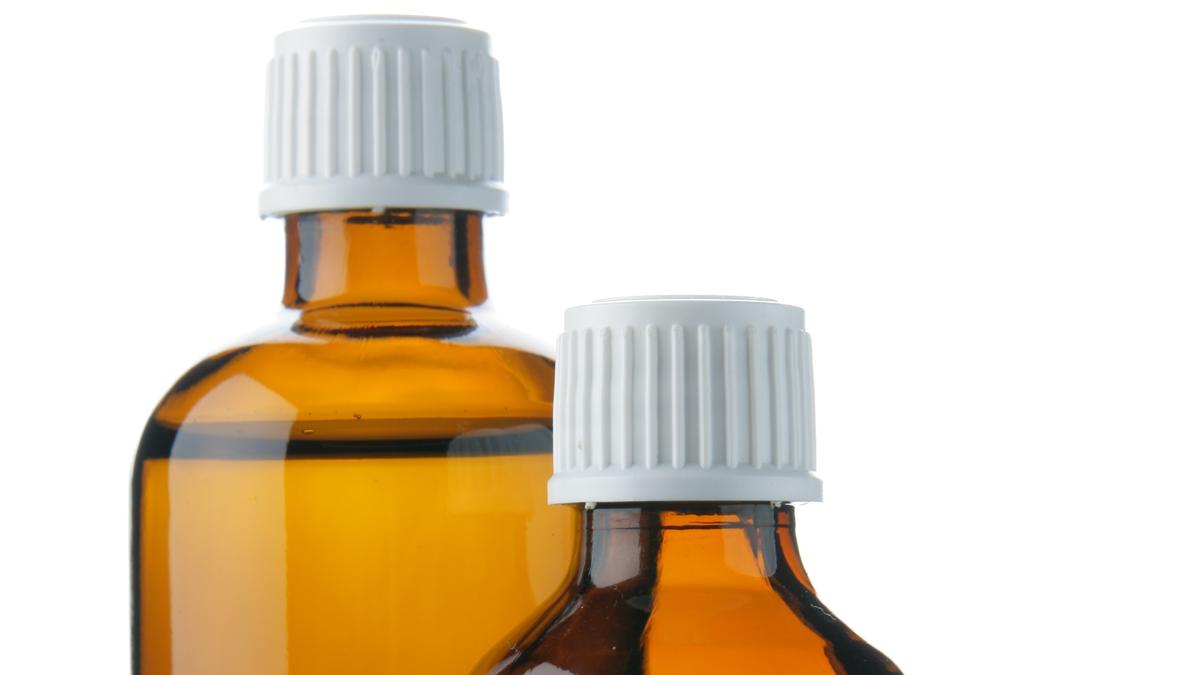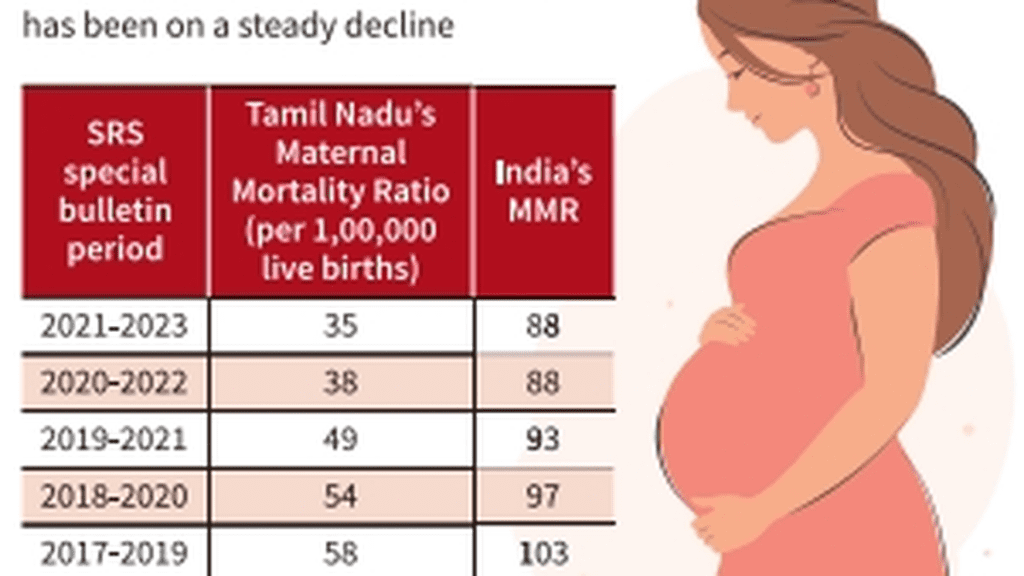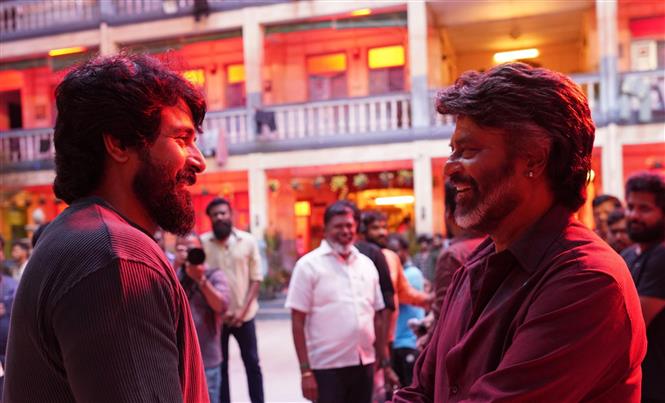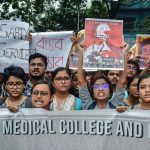Getting drunk, on homoeopathy Premium

Getting drunk, on homoeopathy Premium
A recent judgment of the Supreme Court of India, in Bhagwati Medical Hall vs Central Drugs Standard Control Organization & Ors., has, once again, turned the spotlight on the impossible challenge faced by State governments in regulating a significant public health hazard — that posed by alcoholic tinctures marketed in India as homoeopathic remedies. Feeble attempts by the Union Government to tackle the problem have often been frustrated by ruthless lawfare conducted by the very formidable homoeopathic industry.
A good starting point to explain this issue is the exceptionally complicated regulatory architecture under the Constitution for these alcoholic tinctures, which are liquid extracts of herbs dissolved in alcohol. As per Schedule VII of the Constitution, only States can enact legislation in relation to public health and the taxation of alcohol. The exception to this rule of taxation is if the alcohol is meant for medicinal purposes, in which case, Entry 84 of List I allowed the Union to decide the rate of taxation.
In the pre-Goods and Services Tax (GST) era, alcohol for medicinal preparation was taxed at a tiny 4% under the now repealed Medicinal and Toilet Preparations (Excise Duties) Act, 1955. Post the 101st Constitutional amendment which paved the way for the GST, the issue of taxation of alcohol meant for medicinal purposes is not clear since the exception created for alcohol meant for medicinal purposes is no longer mentioned in Entry 84. Nevertheless, the Union has prescribed a 18% tax slab for alcohol meant for medicinal purposes, which is still significantly lower than State taxes on alcoholic beverages.
The third aspect of this regulatory architecture is that drugs are on the Concurrent list, which means that both the Union and States can enact law but since the Drugs and Cosmetics Act, 1940 is the Union law laying down quality standards for homoeopathic products, States need presidential approval for State-specific amendments.
This complex regulatory architecture has meant that manufacturers of these homoeopathic alcoholic tinctures have historically been immune from any form of quality regulation or taxation by States despite having a direct impact on public health which again is the responsibility of States, per List II of Schedule VII. Moreover, due to the difference in taxation rates for alcoholic tinctures sold as homoeopathic remedies and alcoholic beverages, alcoholic tinctures manufactured by the homoeopathic industry are more affordable than alcoholic beverages. For a less discerning consumer of alcohol whose sole aim is to get intoxicated, these alcoholic tinctures are the perfect substitute for alcoholic beverages especially since many of these tinctures contain a very high volume of alcohol. The Drugs and Cosmetics Act permits alcoholic tinctures for homoeopathy to contain 12% alcohol by volume. For comparison, the most popular varieties of “strong beer” sold in India generally contain 7% alcohol.
State governments have viewed the issue primarily through the lens of revenue loss caused by citizens who consume homoeopathic alcoholic tinctures as a substitute for alcoholic beverages taxed at a higher rate. This loss of revenues was one of the reasons for the administrative actions taken by the Government of Uttar Pradesh, under Section 22 of the Drugs and Cosmetics Act, 1940 in the Bhagwati Medical Hall case, except, as correctly held by the Supreme Court, only the Union government can regulate the sale of homoeopathic tinctures.
The taxation story however pales in comparison to the public health nightmare posed by these alcoholic tinctures. Since States have no ability to regulate alcoholic tinctures, they are required to permit the sale of these products even if the State law prohibits the sale of alcoholic beverages, as in Gujarat and Bihar. Both States have reported a string of deaths of those who consumed homoeopathic remedies containing spurious alcohol. In effect, the public health objectives of these State prohibitions on alcohol have been frustrated by a Union law. Technically, they can enact a State-specific amendment to the Drugs and Cosmetics Act, 1940 but that requires presidential assent.
The larger public health hazard of these alcoholic tinctures are unsuspecting citizens who consume these products on the assumption that they are going to be cured of their ailments without being fully aware of the alcoholic content in these products. Except that consuming such products containing high levels of alcohol, on a daily basis, can cause serious illnesses such as alcoholic hepatitis in patients who are otherwise perfectly healthy. Indian doctors have been presenting an increasing amount of anecdotal data of such patients presenting symptoms consistent with those demonstrated by alcoholics.
The Union government has been aware of the public health hazards posed by these alcoholic tinctures and introduced Rule 106B of the Drugs and Cosmetics Rules, 1945 in 1994 after a tragedy took many lives. This new rule, which appears to lack any scientific basis, allows the homoeopathy industry to sell in the retail market, alcoholic tinctures containing 12% of alcohol in a bottle of maximum 30 ml. Larger bottles of 100 ml can be sold only to hospitals.
As soon as Rule 106B came into force, the homoeopathy industry unleashed a campaign of unmitigated lawfare against this rule because it wanted to sell tinctures with higher alcoholic content. In the first round of litigation, the homoeopathy industry challenged the constitutional validity of the rule on the grounds that it was an unreasonable restriction on its fundamental right to conduct trade and that the government lacked the power to make the rule. The industry lost before five High Courts and eventually the Supreme Court, except it took until 2014 for this litigation to be resolved. The very next year, in 2015, the homoeopathy industry launched a second round of lawfare by filing 13 lawsuits before seven different High Courts, on the grounds that Rule 106B was invalid since it was not placed before Parliament for a period of 30 days, as required by Section 38 of the Drugs and Cosmetics Act. Since a statutory requirement was not met, at least four High Courts temporarily stayed the operation of the rule in 2015, restraining government from enforcing it until the legal challenge was disposed of.
The simplest solution to these lawsuits was for the Union Government to simply lay Rule 106B before Parliament for 30 days thereby knocking out the basis of the legal challenge. Except, India’s famed bureaucracy made the malicious decision to pursue the route of more litigation by filing a transfer petition in 2017 requesting for all 13 cases to be transferred to the Supreme Court. The Court agreed to do so and transferred all 13 cases to itself in 2017, where the matter has since languished unheard. Delays of such nature before the Supreme Court, when it comes to regulations meant to protect public health, are nothing unusual and end up costing lives of citizens.
The more important question is whether the law should permit the use of any alcohol in not just homoeopathic products but also ayurvedic products, especially when other countries are contemplating compulsory cancer warnings on regular alcoholic beverages. It is one thing for these homoeopathic and ayurvedic products to not cure any ailments, as claimed by their manufacturers, but quite another for them to cause further harm to unsuspecting and poorly informed citizens.
Dinesh S. Thakur and Prashant Reddy T. are the authors of The Truth Pill: The Myth of Drug Regulation in India









